Japan and EU mark first plasma from JT-60SA fusion device
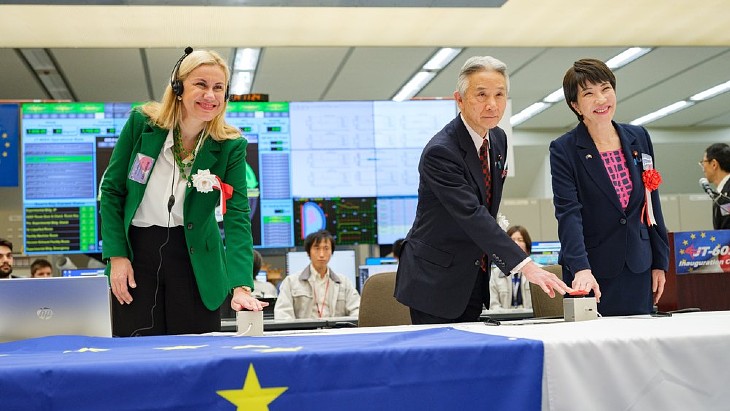
Work on the device began in 2007 and resulted from the Broader Approach Agreement between the European Union and Japan, a scientific collaboration to promote know-how in fusion through various projects. Construction at Japan’s National Institutes for Quantum Science and Technology in Naka was completed in 2020 with first plasma in October this year. The total cost is estimated to have been EUR560 million (USD608 million).
At the ceremony European Commissioner for Energy Kadri Simson, pictured above left, Japan’s Minister for Education, Culture, Sports, Science and Technology, Masahito Moriyama, pictured centre, and Japan’s Minister of State for Science and Technology Policy, Sanae Takaichi, pictured right, plus other senior politicians and industry representatives were able to witness a plasma operation from the control room.
Fusion for Energy managed the EU's contribution to the project including fabrication of components by Belgium, France, Germany, Spain and Italy. Its director Marc Lachaise said: "What happens here today will matter tomorrow for the contribution of fusion in a carbon-free energy mix. JT-60SA is key to the international fusion roadmap because it provides a one-of-a-kind possibility to learn, operate this unique fusion device and to share that valuable knowledge with ITER. Also, it allows European research laboratories and industry, jointly with Japan, to work hand-in-hand developing a meaningful partnership."
The JT-60SA is a doughnut-shaped (toroidal) device known as a tokamak. It operates with hydrogen, with the gas being heated to 200 million degrees Celsius to become plasma and then confined for about 100 seconds using the powerful magnet system formed by 28 superconducting coils.
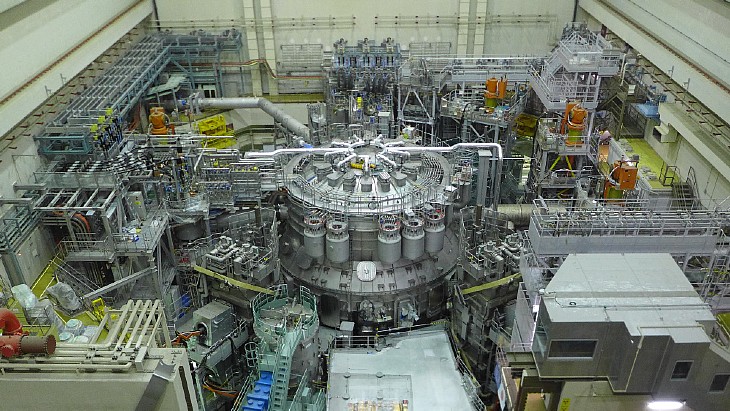
Construction took more than six years (Image: F4E/QST)
It is the closest facility in design to the giant international ITER fusion project under construction in France, but at about 13.7 metres across and 15.4 metres high, it is not as big. One of the 2600-tonne facility's roles will be to perform modelling to help scientists prepare as much as possible for the beginning of ITER's operation.
A total of 500 researchers from Europe and Japan have been involved, and more than 70 suppliers have contributed to the manufacturing of its components. With manufacturing lessons learned for ITER as well as helping train a new generation of fusion experts, it is also intended that the facility will help scientists design future fusion power plants.
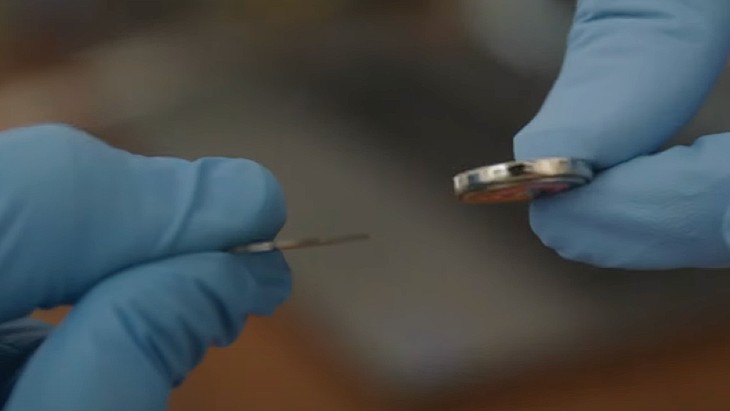
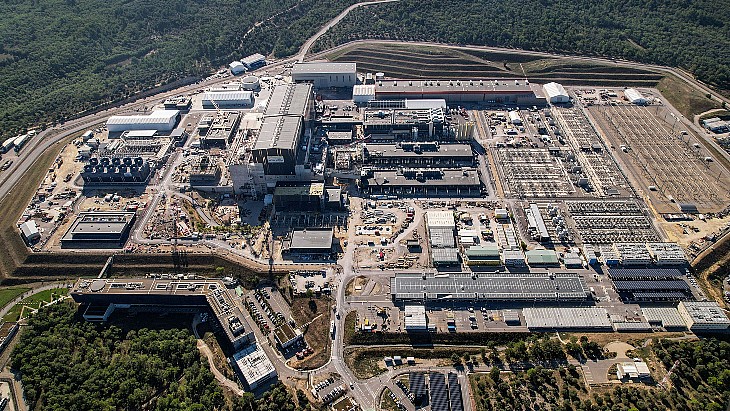
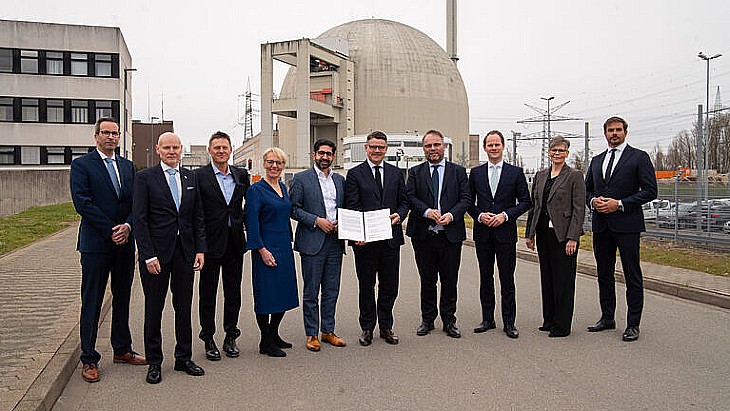
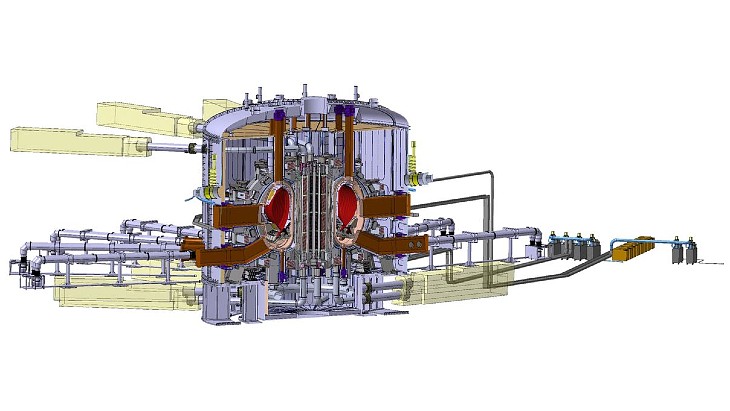





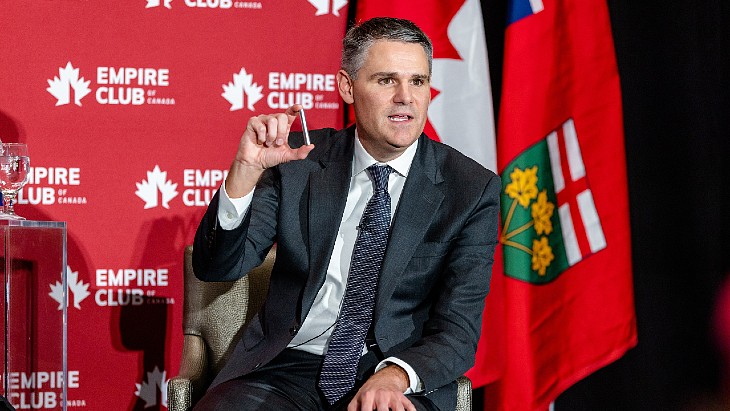
_88592.jpg)

